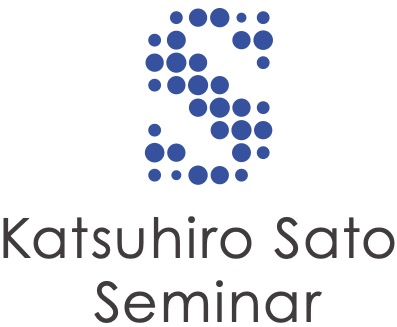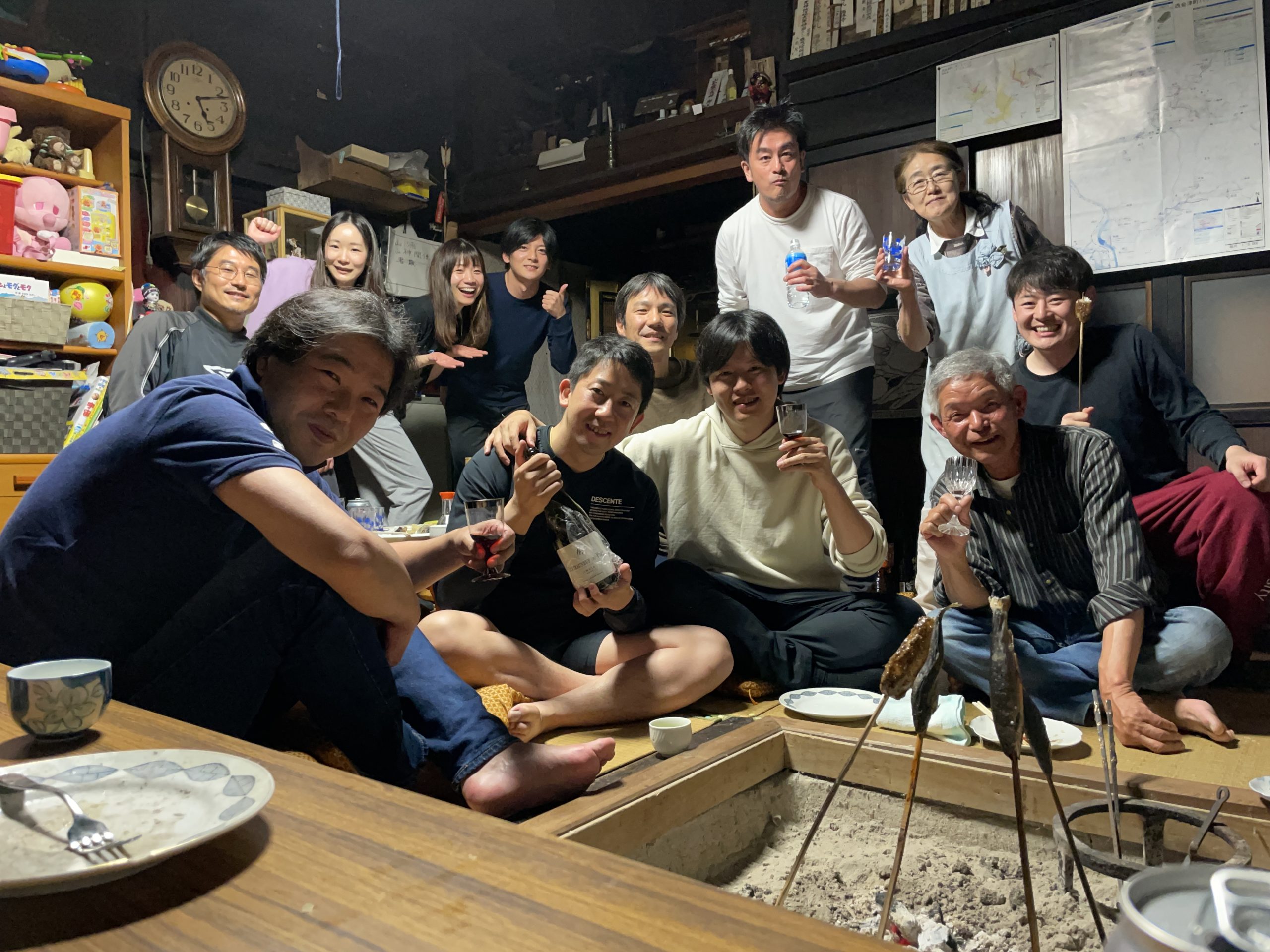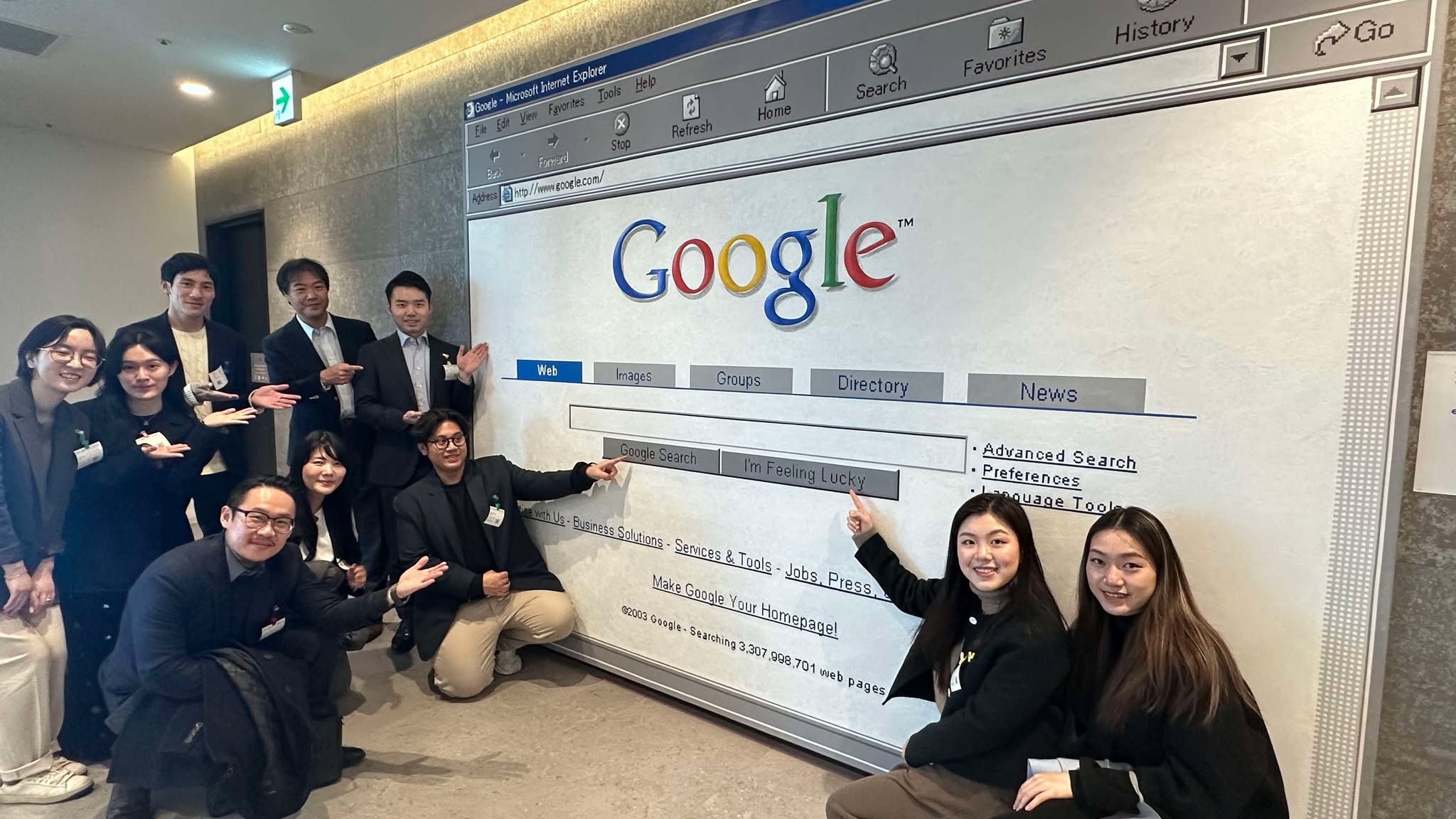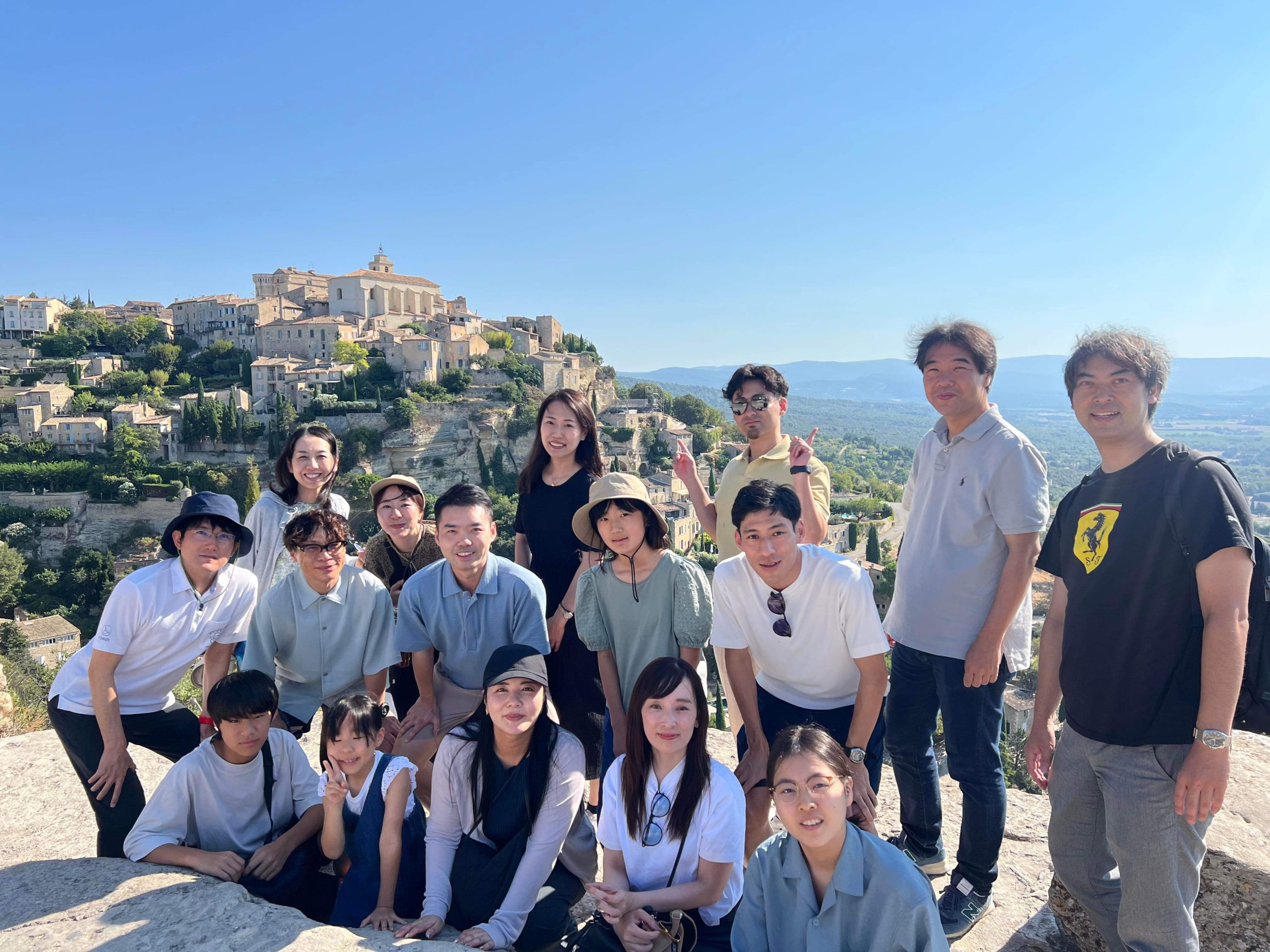Category
サトカツゼミのアクティビティで、千葉県柏市にあるRugby School Japanを訪問し、見学をさせて頂きました。Tony校長やLaura先生など、お忙しい先生方に心尽くしの歓迎をして頂き、とても丁寧にご案内いただきました。
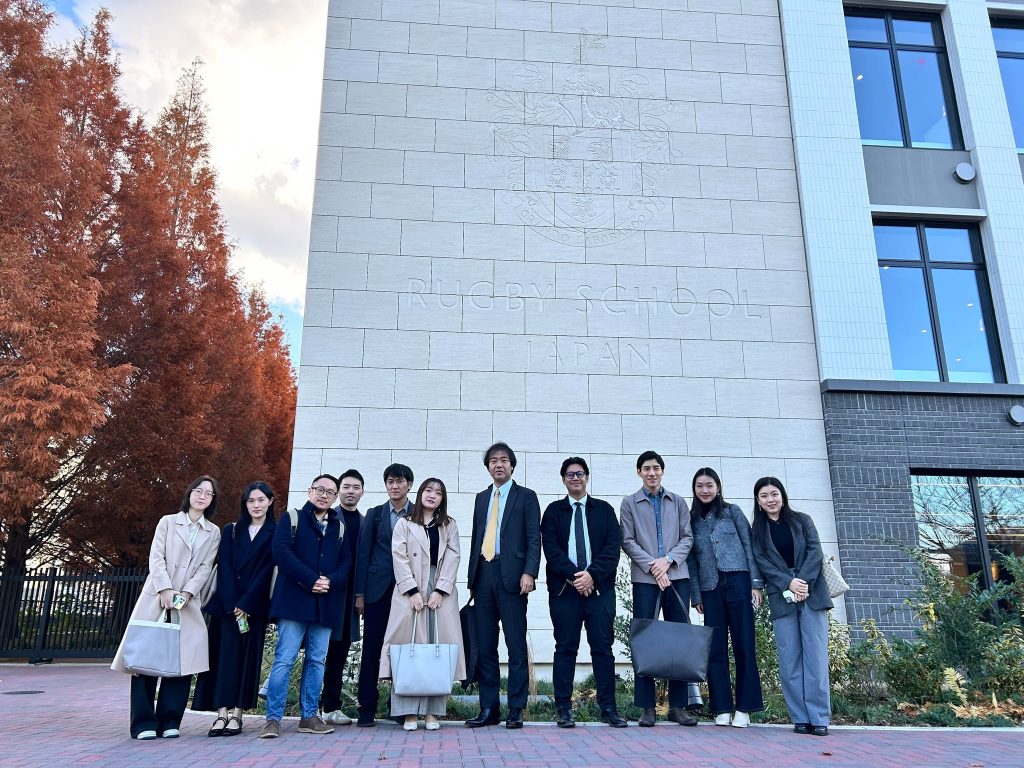
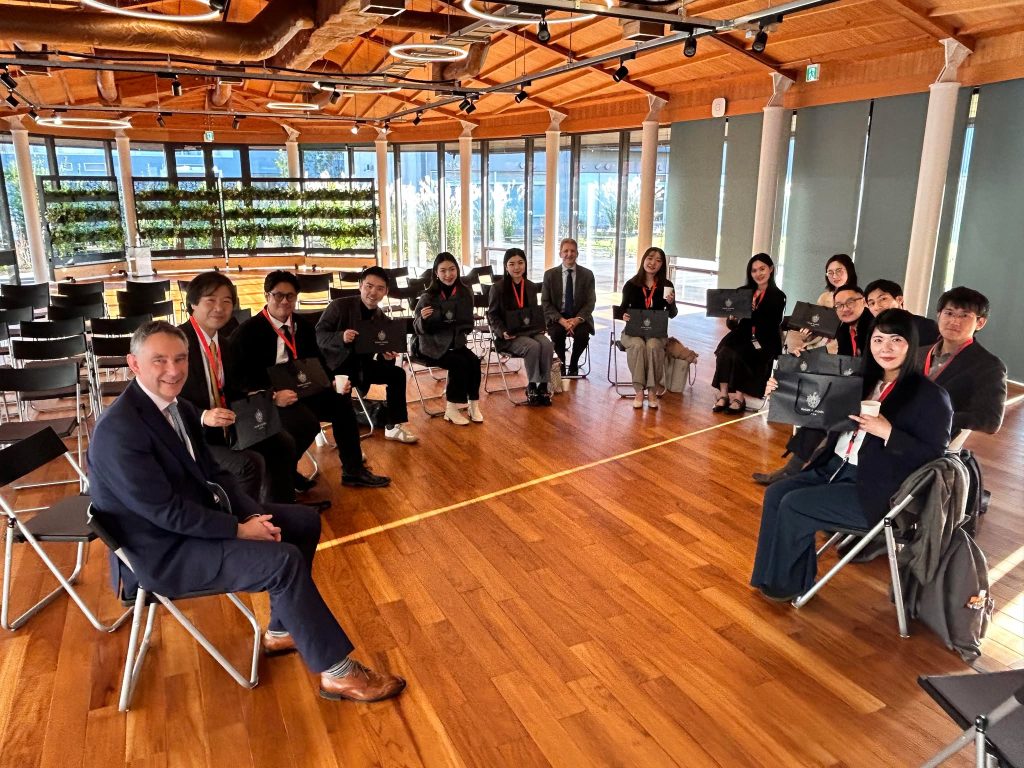
英国のRugby Schoolはエリザベス女王1世陛下の時代の1567年に設立された450年以上の歴史を持つ英国最高峰の私立名門学校のひとつです。ボーディングスクールと呼ばれる全寮制の学校で、ハリー・ポッターもボーディングスクールが舞台となっています。
開校してまだ1年と少しの新しいキャンパスはとても美しく、教育の理念に合わせて精緻に設計された校舎、そしてボーディングスクールの象徴でもある寄宿舎、ハリー・ポッターに出てきたような英国伝統のダイニングホール、日本の原風景を取り入れた素敵なイングリッシュガーデン、ため息が尽きることがありませんでした。
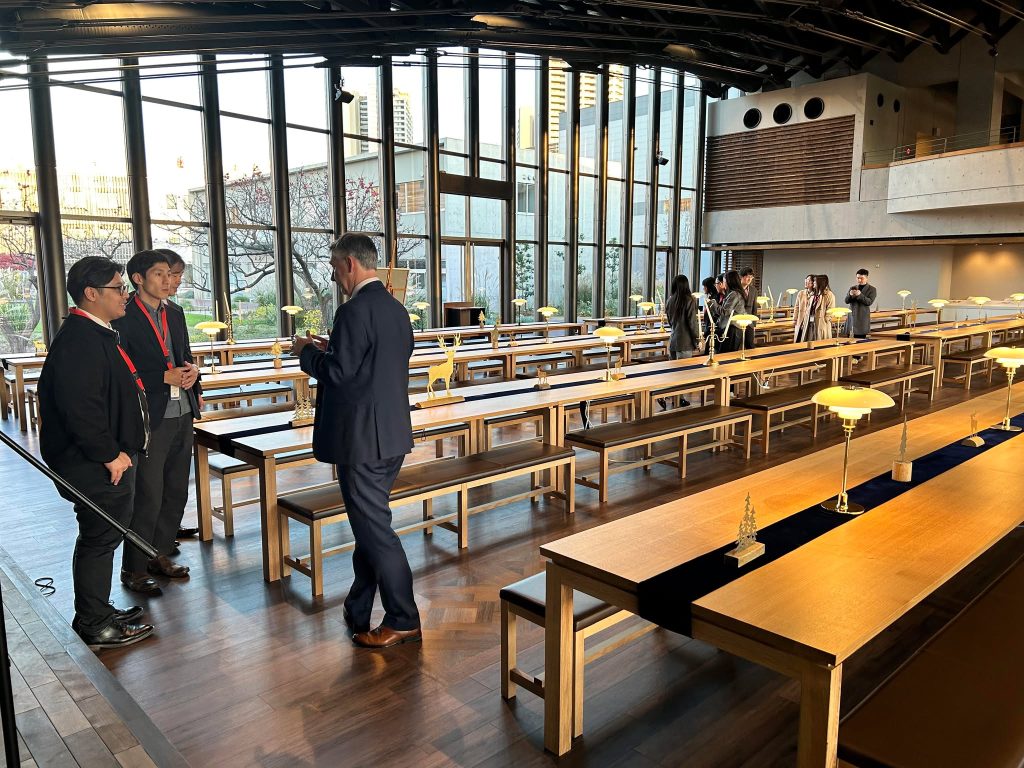
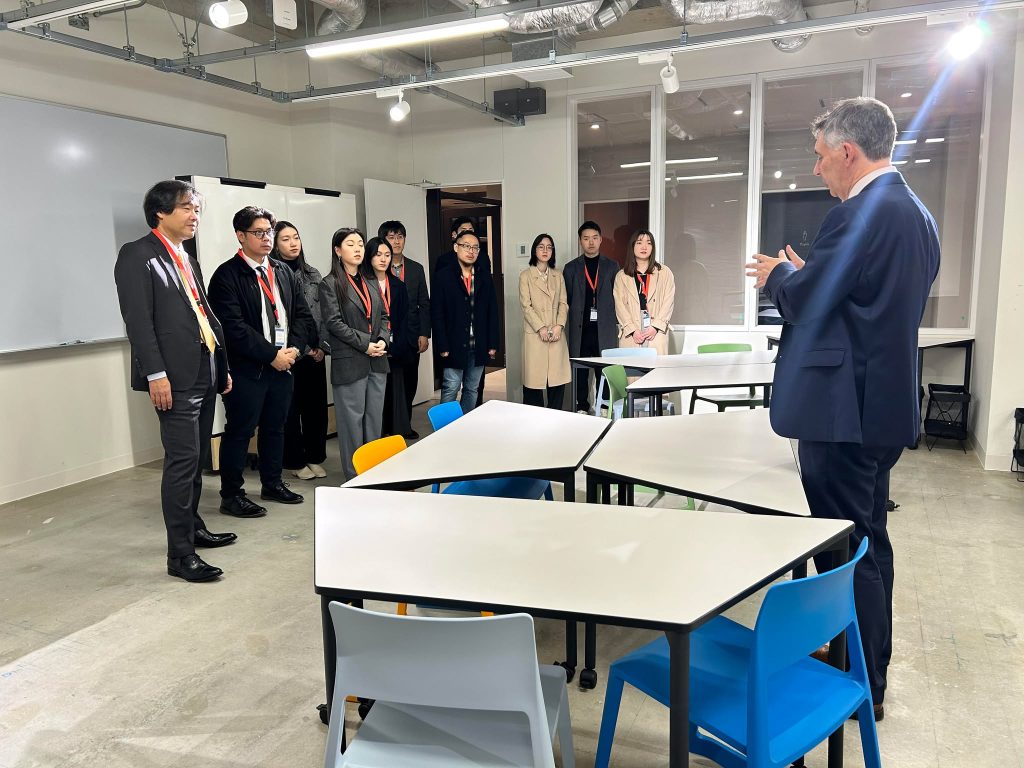

そして何より、貴重な体験として実際の生徒たちの授業風景をたくさん見学させていただきました。当日サトカツゼミJMBAから参加した3名は地方国公立出身者ばかりだったのですが、あまりの教育スタイルの違いにカルチャーショックを受けるばかりでした。サトカツ先生も含めて、「うらやましい!!」が止まりません。
各授業、15名程度の少人数に優秀な先生が丁寧に教えておられ、授業スタイルは全てインタラクティブ。私が一番衝撃的だったのは美術(ペインティング)の授業で、音楽をかけながら、みんな楽しくおしゃべりしながら立ったり座ったりと絵を描いていました。
「私が受けた美術の授業は、音楽なし、おしゃべりしない、立ち歩かない、前を向いて座って静かに描きなさい、でした」と伝えると、Tony校長は「美術はクリエイティビティを養う授業です。音楽やおしゃべり、楽しい雰囲気は独創的なクリエイティビティを養うのに大切だと思いませんか?」と。まさに仰る通り…。
そして印象的だったディベートの課外授業。英国議会を模した素敵な教室で、楽しそうに活き活きとディベートに取り組む様子を見学させて頂きました。現在は日本の教育カリキュラムにもディベートが取り入れられているようですが、JMBA3名の時代にはもちろんなく、欧米式の教育ではこんな風に子供のうちからロジカルシンキングやディスカッションのトレーニングを受けているのか…と。カルチャーショックとともに、諸々と考えが深まる見学となりました。
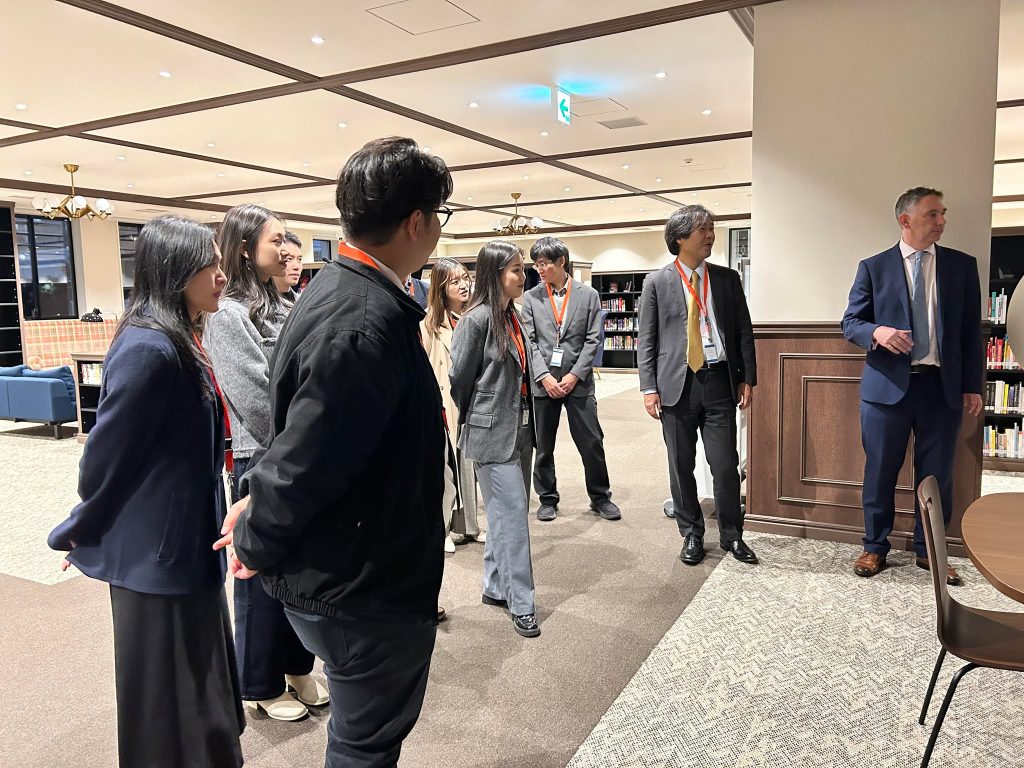
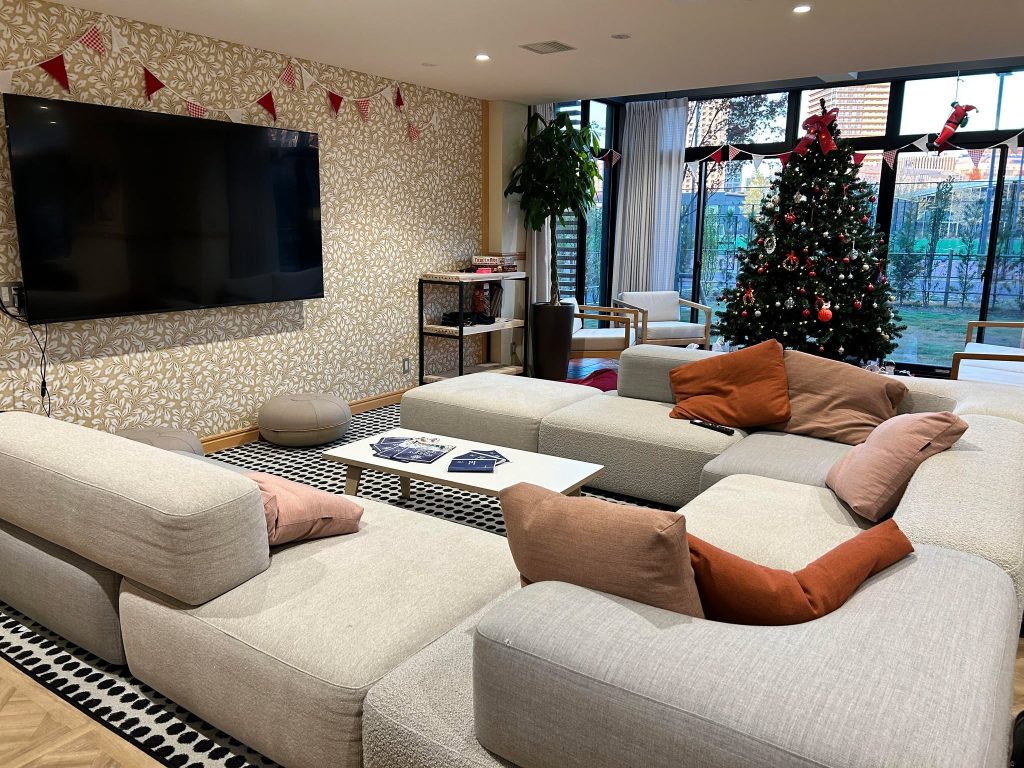
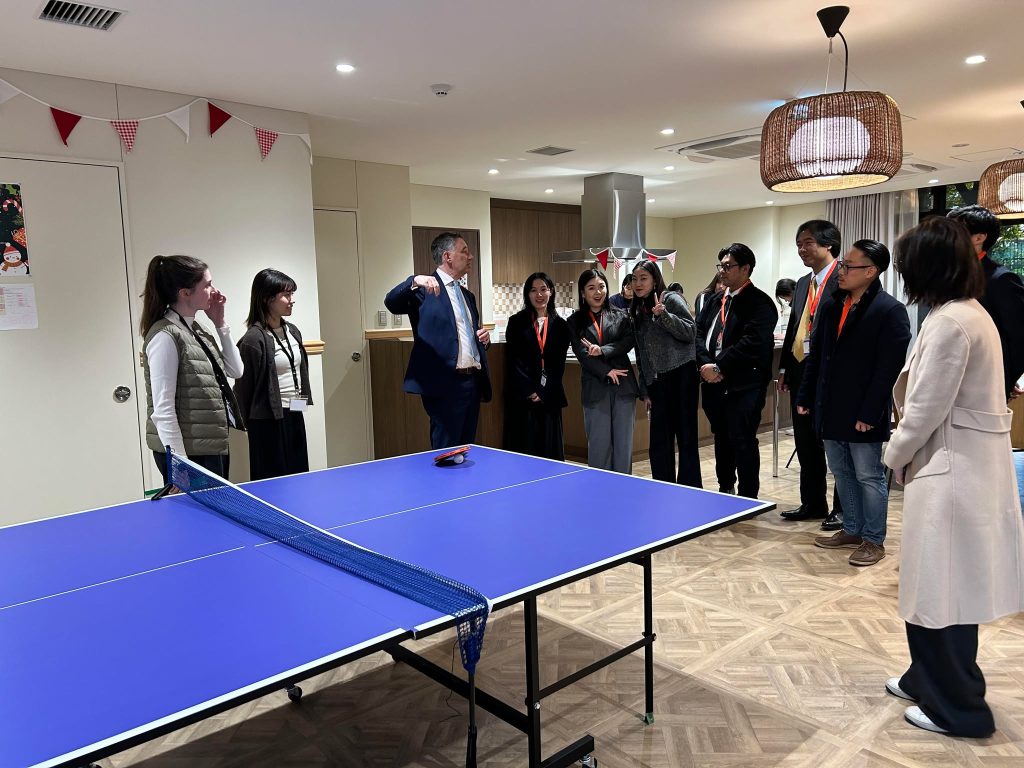
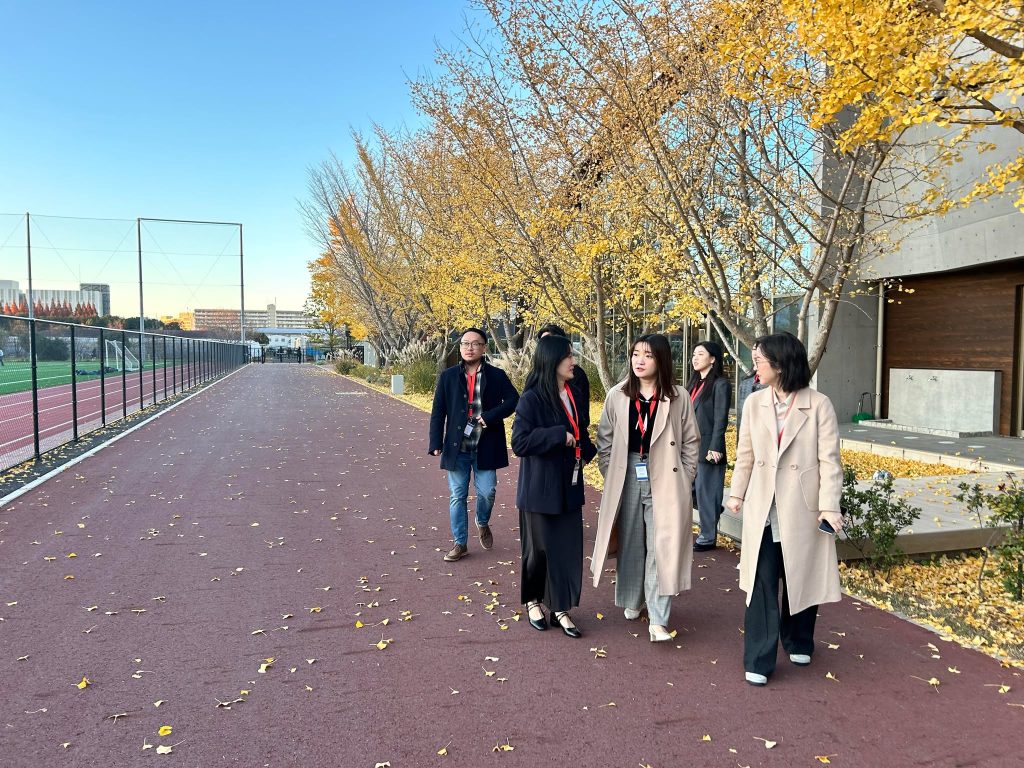
日本と海外の教育スタイルの違いがあることは認識していましたが、実際に目で見てみると、リアルな違いとして立ち上がってきます。10代で受けた教育はそのまま価値観に与える影響が大きいと思います。良し悪しではなく、その「違い」認識すること、そして「違い」を前提としたコミュニケーションが大切になることを強く学んだ貴重な1日となりました。(まさにサトカツゼミ流のグローバル経営実践!)
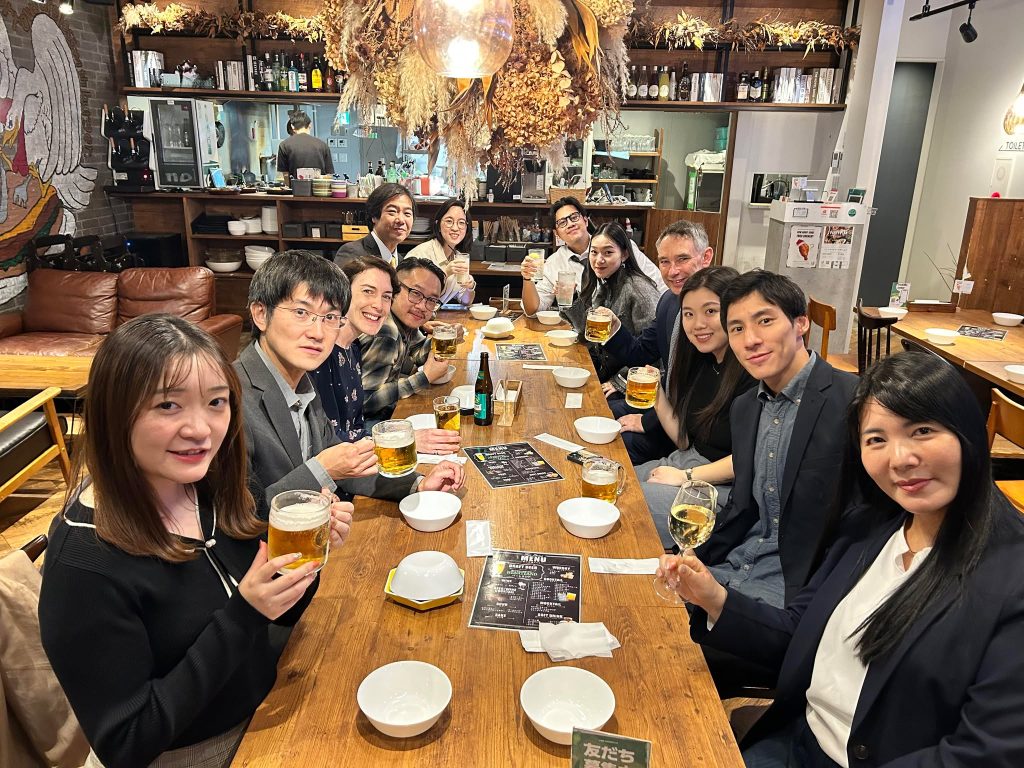

見学後はTony校長とLaura先生を含め楽しく懇親を深めました。
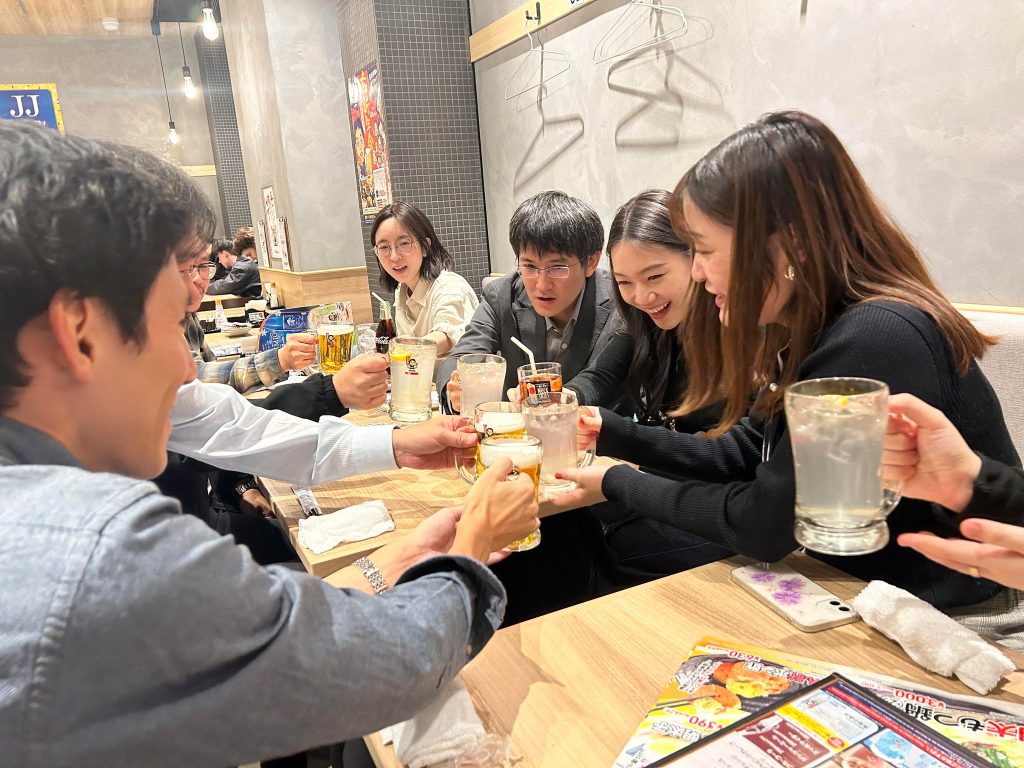
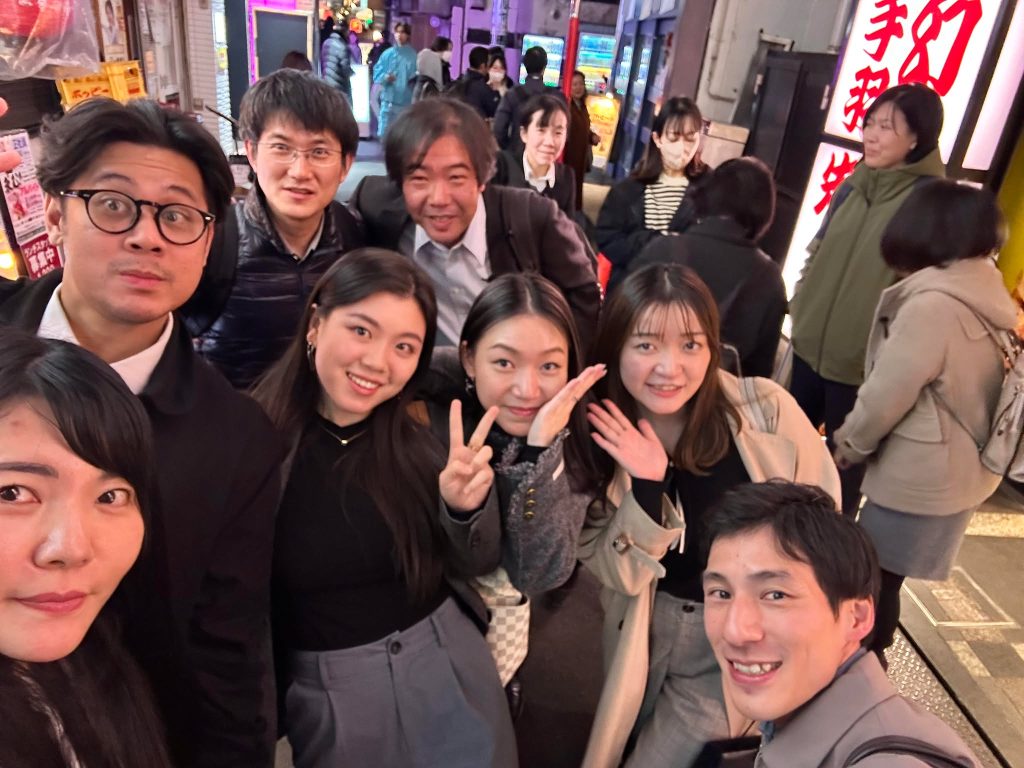
そして…appendixは、北千住にてゼミでの2次会!日本、中国、台湾、ブルネイの気の置けない仲間と楽しい飲み会となりました。帰りの地下鉄で、上海ガールズ2人はしきりとゼミが好きだと愛を告げてくれました。ほんとうに素晴らしいゼミだと思います!
【Visit to Rugby School Japan with Satokatsu Zemi】
The Satokatsu Zemi had the privilege of visiting Rugby School Japan in Kashiwa City, Chiba Prefecture. We were warmly welcomed by Headmaster Tony, Ms. Rola, and other busy staff members who kindly guided us through the campus with utmost hospitality.
Rugby School in the UK, founded in 1567 during the reign of Queen Elizabeth I, is one of the most prestigious private schools in Britain, with a history spanning over 450 years. It is a boarding school, and like the setting of Harry Potter, the entire campus revolves around a boarding community.
The Japan campus, which opened just over a year ago, is stunningly beautiful. Every building is meticulously designed to align with the school’s educational philosophy. The boarding houses, a hallmark of boarding schools, the traditional British dining hall reminiscent of Harry Potter, and the lovely English garden incorporating elements of Japanese landscapes left us in awe.
Most memorable was the rare opportunity to observe real classroom settings. The three Satokatsu Seminar members, all graduates of regional public universities in Japan, experienced a significant culture shock witnessing the stark contrast in educational styles. Even Professor Satokatsu couldn’t help but repeatedly exclaim, “I’m so jealous!”
Each class was composed of around 15 students, with dedicated and skilled teachers conducting highly interactive lessons. The art (painting) class struck me the most—students were standing, sitting, chatting, and painting while listening to music in a cheerful atmosphere. When I mentioned that my own art classes in school were devoid of music, conversation, or movement, and we were told to sit quietly and focus on drawing, Headmaster Tony responded, “Art is a class that nurtures creativity. Don’t you think music, conversation, and a fun atmosphere are crucial for fostering originality?” I couldn’t agree more.
Another highlight was the extracurricular debate class. In a beautifully designed room modeled after the British Parliament, students passionately and energetically engaged in debate. Debate is now part of Japan’s educational curriculum, but during the time of the JMBA members, it wasn’t introduced yet. Witnessing how logical thinking and discussion skills are cultivated from a young age in Western-style education left us deeply impressed and reflective.
While I had been aware of the differences between Japanese and international educational styles, seeing them firsthand brought those differences vividly to life. Education received during one’s teenage years significantly influences their values. It’s not about judging which is better or worse but recognizing these “differences” and fostering communication based on that understanding. This visit provided a profound lesson in global management, very much in line with the Satokatsu Seminar philosophy.
After the tour, we had a delightful interaction with Headmaster Tony and Ms. Rola.
As an appendix to the day, the Zemi continued to a second gathering in Kita-Senju. With friends from Japan, China, Taiwan, and Brunei, we enjoyed a lively and relaxing drinking party!

